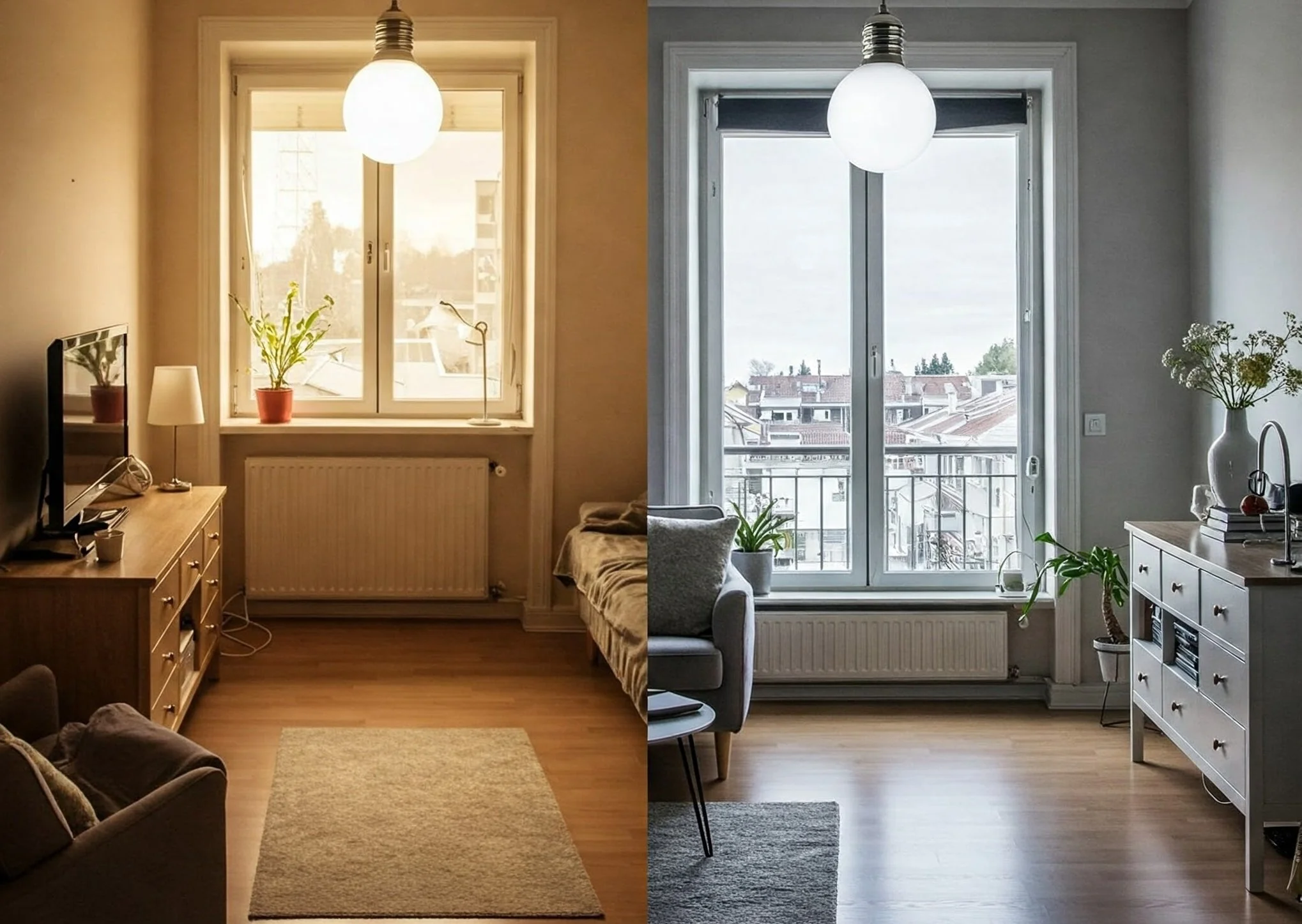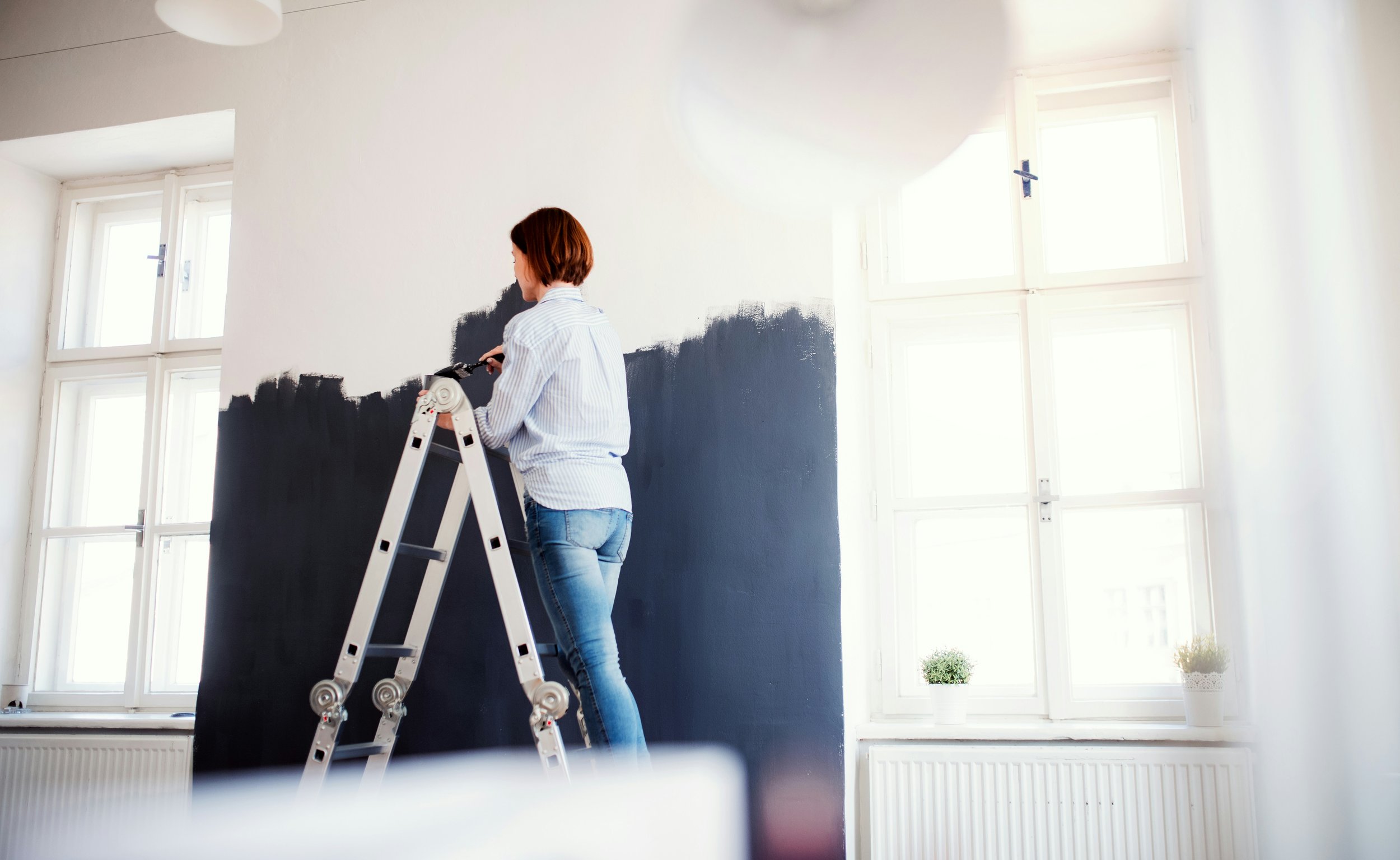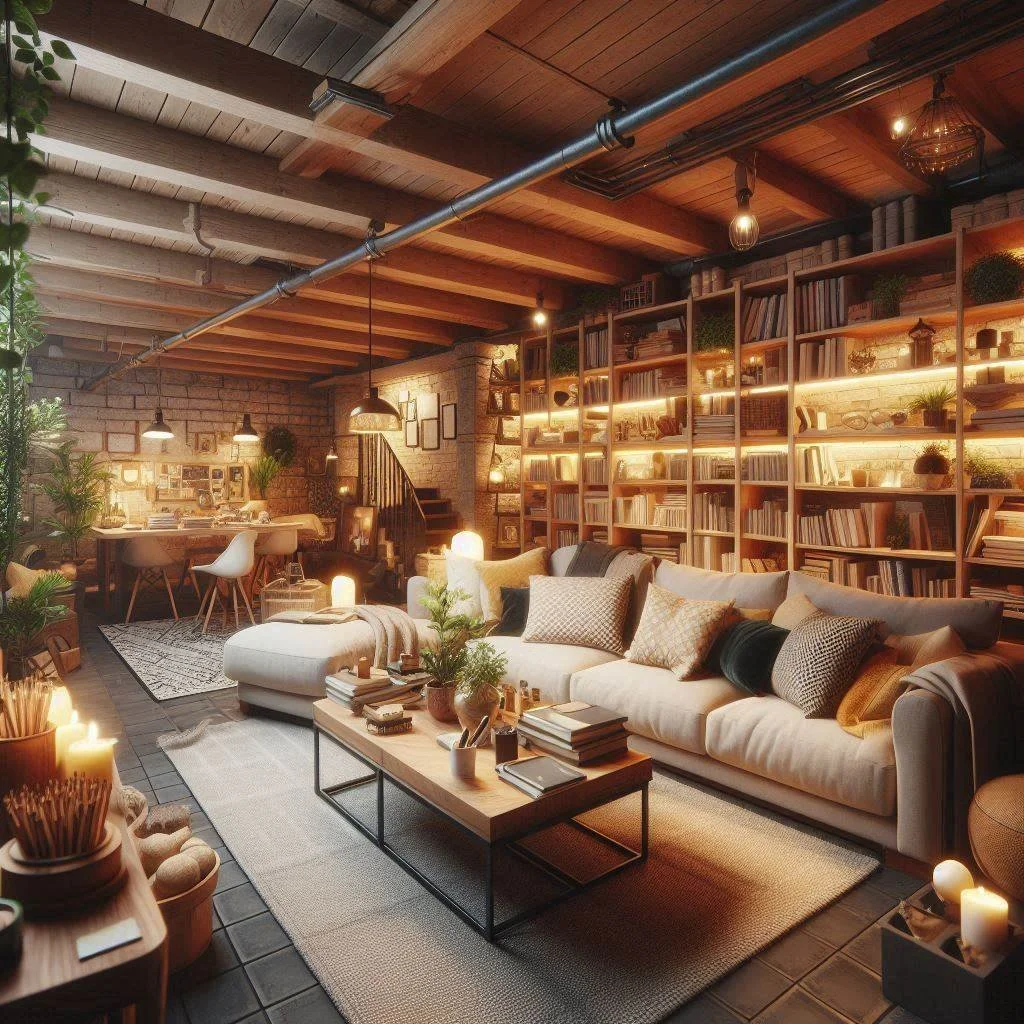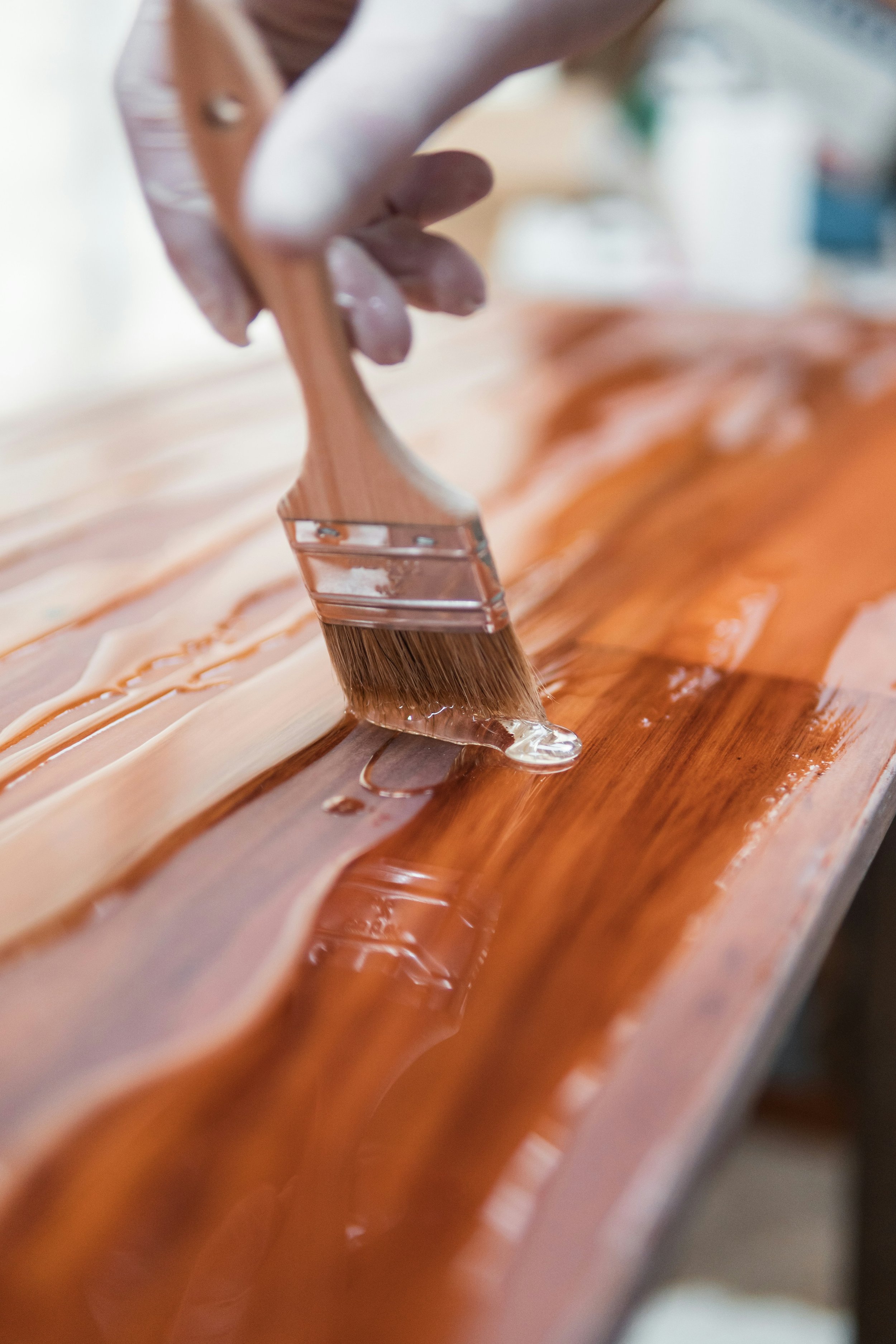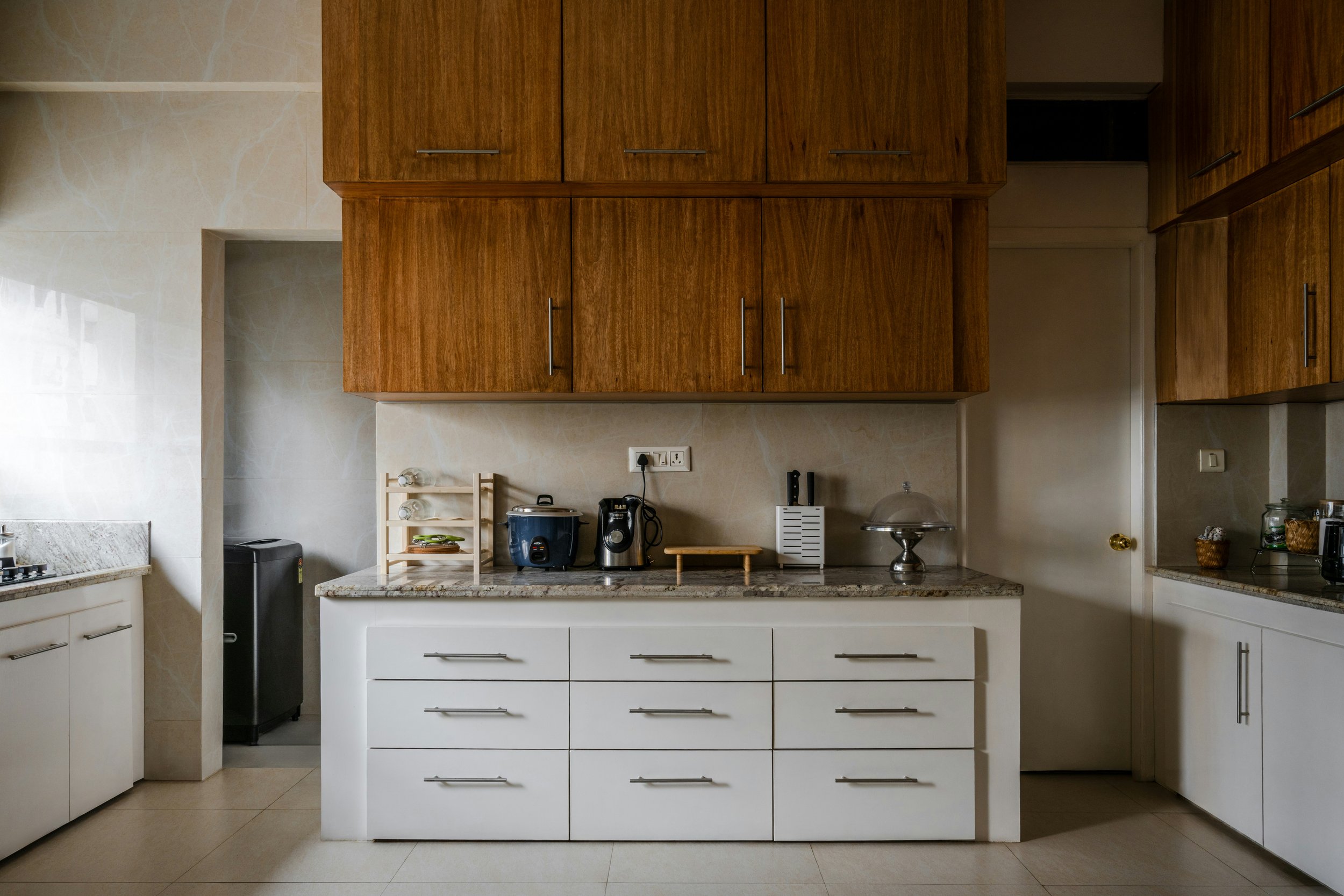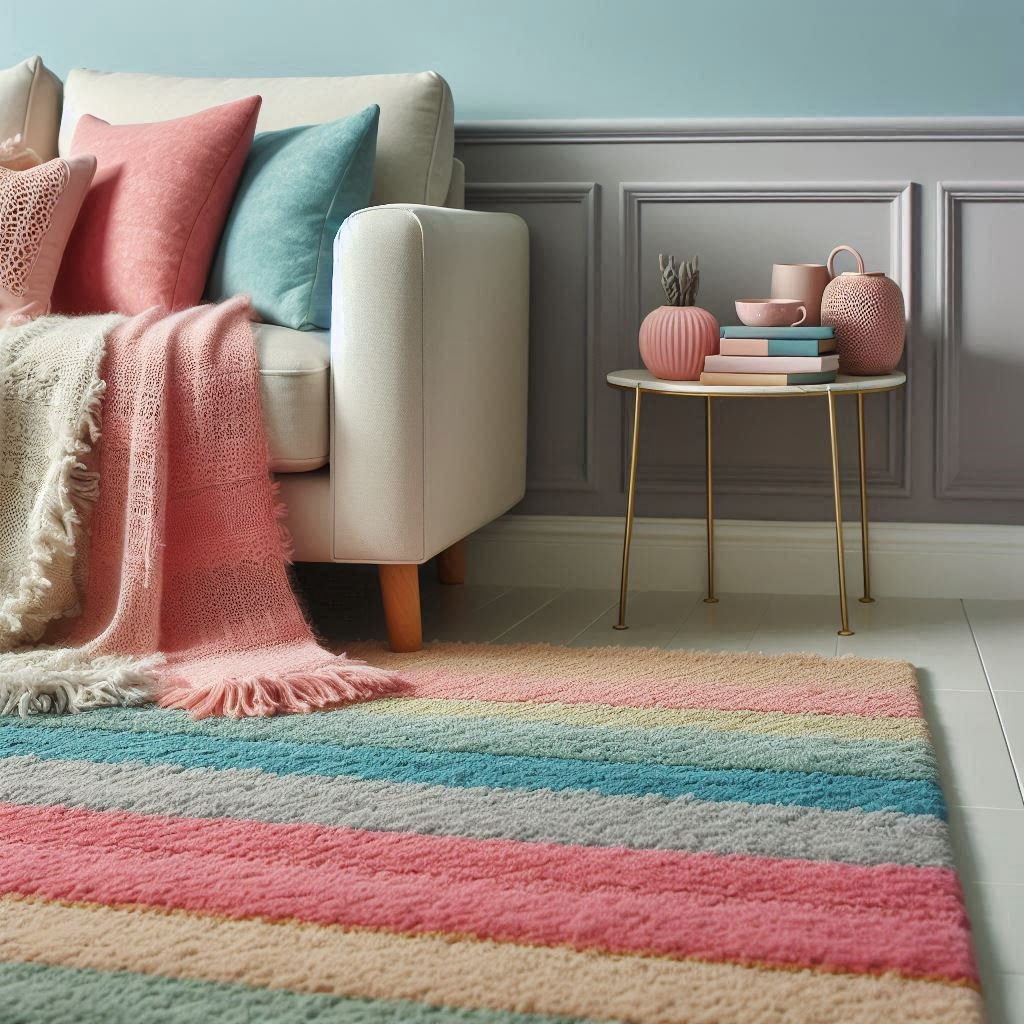Composite Decking: What are The Benefits?
Discover the benefits of composite decking. Learn how it offers durability, low maintenance, and aesthetic appeal, making it an ideal choice for outdoor spaces.
An excellent method to maximize your outside space is to add a deck, either a raised decked platform at ground level or a balcony. But given the wide variety of decking materials available on the market, how can you decide which is ideal?
Which type of composite decking is preferable, natural wood or composite? This post examines every factor you should consider when choosing a decking material, including the benefits of the rising popularity of wood-plastic composite boards.
1. Longevity
Composite deck boards may tolerate more drastic variations in weather than natural pressure-treated wood decking. The boards' composite material is resistant to mould growth in damp weather, withstands higher UV exposure levels without fading, and expands and contracts less than wood decks in colder climates—without extra care or protection.
The boards' plastic composite substance is also impervious to damage from insects like beetles and woodworms.
2. Durability
One of composite outdoor deck boards' key advantages is their low maintenance; you can spend more time lounging in your garden rather than staining, treating, sanding, or painting your decking year-round.
Although pressure-treated, stained, and natural pine decks require regular maintenance to maintain the natural wood's high-quality appearance, they are still prone to warping, rotting, and cracking over time, which can be dangerous, especially for homes with small children and animals.
3. Style and Colour
Plastic-wood composite batten and decking offers many colours that distinguish it from wood deck alternatives. Eight different colours are available for Composite Decking in both Woodgrain and Original designs, giving clients great freedom and choice when designing their outside area.
Wood composite decks can be styled with complementing or contrasting hues and patterns. Choose moderate grey colours for your decking to complement your house, or use Bullnose Boards in various colours to finish your decking and create a multicoloured pattern or picture frame effect.
4. Eco-Friendly Choice
For environmental reasons, some people prioritize the sustainability of the products they buy and the materials they choose. 60% FSC-accredited hardwood fibres and 40% recycled plastic comprise the 100% recyclable elements of Cladco Composite Deck Boards. Compared to alternative natural lumber products, Cladco Boards is not only a more environmentally friendly option, but its wood-plastic mix also increases the structural endurance of the product.
Because composite materials require little upkeep, goods made of them don't need to be regularly stained or varnished, which prevents harmful poisons from being released into the environment during yearly maintenance.
5. Worth The Price
Because it requires more manhours and recycled resources to make a high-quality product, composite decking stands worthy of the material on the market compared to wood decking. Composite decking manufacturers may face more costs than wood or treated lumber suppliers for their decks, but the finished look sums up everything for good.
The extra advantages of composite materials offset the initial cost of a composite deck. The product may cost a little more upfront, but over time, its many benefits—such as low maintenance and resilience to fading, scratches, and insects—far surpass the cost of less expensive hardwood decking planks.
6. No Painting
You no longer need to spend entire summers staining your wooden deck. As previously said, composite decking doesn't need to be painted to preserve its color stability. However, it's important to remember that composite decking does lose colour when buying decking boards. The colour will fade, keeping its original hue and not entirely altering; therefore, painting the boards will be necessary to revive them.
7. Low Maintenance
With its low care requirements and ease of use, composite decking gives our customers more time to unwind and enjoy their gorgeous new garden deck. Sanding, staining, painting, and sealing your decking boards are unnecessary. All that is needed is a straightforward cleaning with hot, soapy water once a month.
8. No Cracks
Pets and children may play in the garden with composite decking, providing an extra layer of security. The primary concern is deck safety, namely splinters and cracks, which are common problems with hardwood decking. As previously said, moisture is the leading cause of this. However, because composite decking can absorb very little water, this problem is virtually eliminated. The secret to this is to leave gaps while installing the deck.
9. Slip Resistance
In particular, composite decking provides non-slip qualities, even in the wettest conditions. Some consumers find slip resistance to be crucial, and this is mainly because damp wood can become quite slippery. Not only does moisture cause wood to become slick, but mould, mildew, and algae can also cause this. Because composite decking absorbs less water and resists mould, mildew, and algae, it has significant advantages over time and in damp environments. While wet, composite decking can become slick but not nearly as slippery as wood.
10. Scratch Resistant
Though not all pets' claws or high-heeled shoes can withstand composite batten and decking, their ability to resist scratches mostly depends on how the board is treated and made. Consider our signature line, which is less scratch-resistant than our home choice premier line, which is more. Don't forget to ask your supplier or buy a sample to double-check the board's scratch resistance, as it can vary depending on how it is produced and surface treated.
Conclusion
You must first pick what kind of deck you want to assess if composite decking is worth the investment.
Composite deck boards are guaranteed to keep their upscale appearance for many years because of their low maintenance needs, resistance to splintering, fading, and insects, and their resistance to warping and splintering. Installing it is as simple as choosing the colour or finish and then relaxing.













